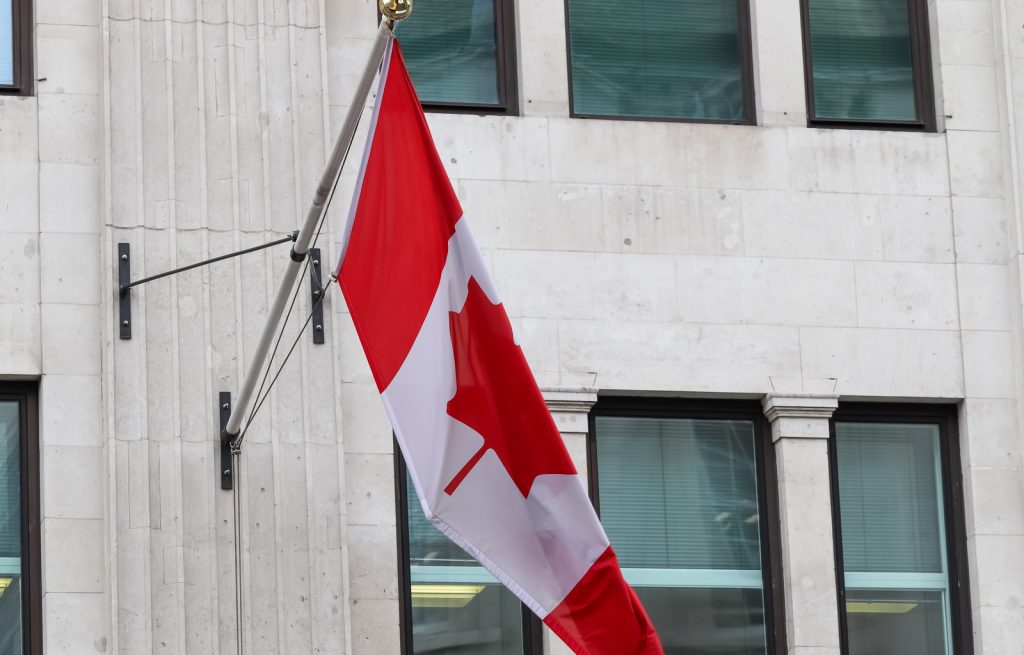
The most common types of flags flown from them are national flags. A culture may have more than one nation, and some of these may have more than one language. These countries have their own unique set of national symbols; in international culture, there are also various other regional or cultural emblems. Indoor flag poles include those used at offices, schools, clubs and elsewhere; these may be made out of aluminium or glass fibre poles.
A person who flies a flag up the pole is called a “flagger”. Flaggers are typically employed by government agencies or non-government organisations like clubs, associations and sports teams to show special patriotic support at sporting events as well as on occasions such as anniversaries or military remembrance days.
Countries and regions that use proportional representation in their flags or emblems will sometimes fly flag poles with multiple horizontal bars, to display multiple flags or banners. Taiwan, for instance, will often fly the flag of the Republic of China (ROC) on one side and the flag of its own province or city on the other.
Iraqi provinces may be represented by multiple vertical stripes. For example, the flag of Erbil has seven white stripes; Sulaymaniyah’s has six green ones. The cantons in a horizontal triband flag may also each be flown as a single-coloured pole for easy comparison by those who are called upon to fly or examine such a variety of flags.
In schools, the flag pole forms a focal point for student assemblies and in many cases stands for the institution itself. It may have engraved on it insignia and mottos of the school, as well as symbols of sport teams, musical instruments or other items associated with the school (such as a book or clock face). At one time, however, flagpoles were an integral part of academic ceremonies. The flagpole stands in front of houses, apartment buildings and businesses.
National flags are sometimes flown upside down at night, to avoid accidental damage. In Australia, it is a custom for members of the Royal Australian Navy Reserves to fly the flag upside down from the mast of their vessels when not in use. The use of flagpoles has been copied by many other nations and in many days. Although, the history of flags dates back to ancient times where people used flags as a measure of a culture or as a long-distance to be found by others, the history of flagpoles begins with the use of flags during times of war.
